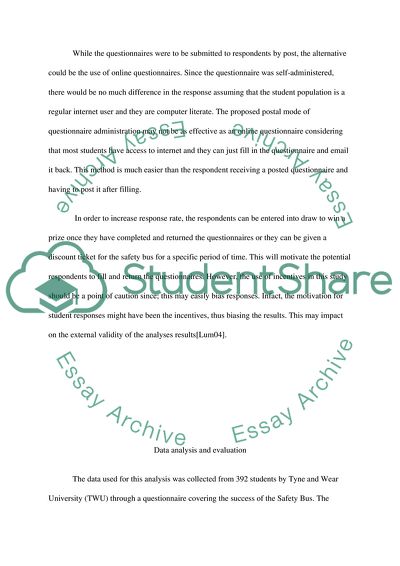Cite this document
(“Business Research: Critical Evaluation Of The Questionnaire Essay”, n.d.)
Business Research: Critical Evaluation Of The Questionnaire Essay. Retrieved from https://studentshare.org/statistics/1596055-business-research-critical-evaluation-of-the-questionnaire
Business Research: Critical Evaluation Of The Questionnaire Essay. Retrieved from https://studentshare.org/statistics/1596055-business-research-critical-evaluation-of-the-questionnaire
(Business Research: Critical Evaluation Of The Questionnaire Essay)
Business Research: Critical Evaluation Of The Questionnaire Essay. https://studentshare.org/statistics/1596055-business-research-critical-evaluation-of-the-questionnaire.
Business Research: Critical Evaluation Of The Questionnaire Essay. https://studentshare.org/statistics/1596055-business-research-critical-evaluation-of-the-questionnaire.
“Business Research: Critical Evaluation Of The Questionnaire Essay”, n.d. https://studentshare.org/statistics/1596055-business-research-critical-evaluation-of-the-questionnaire.


